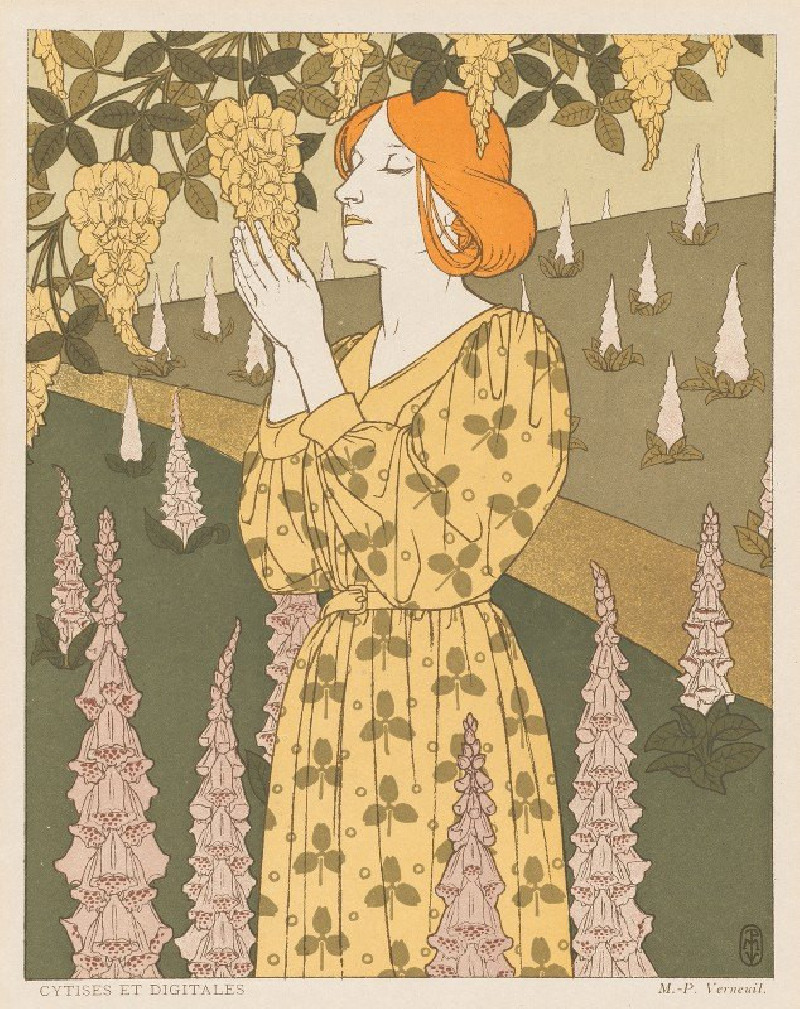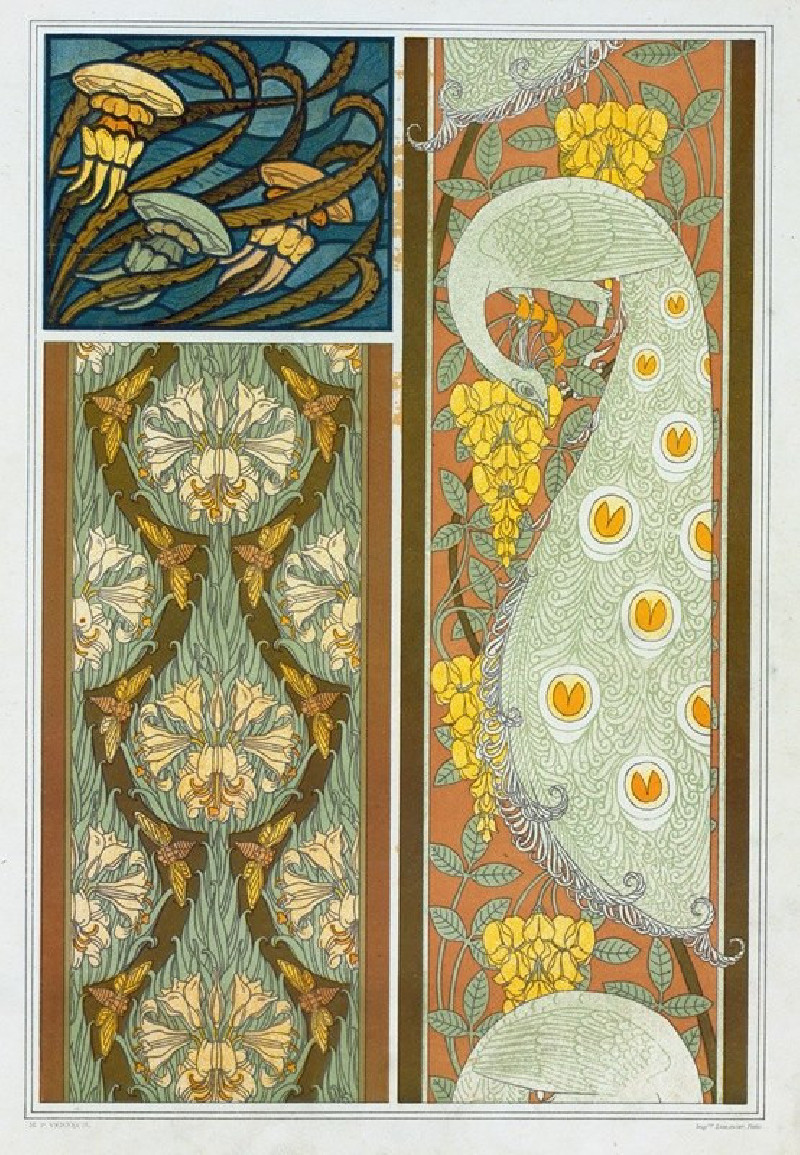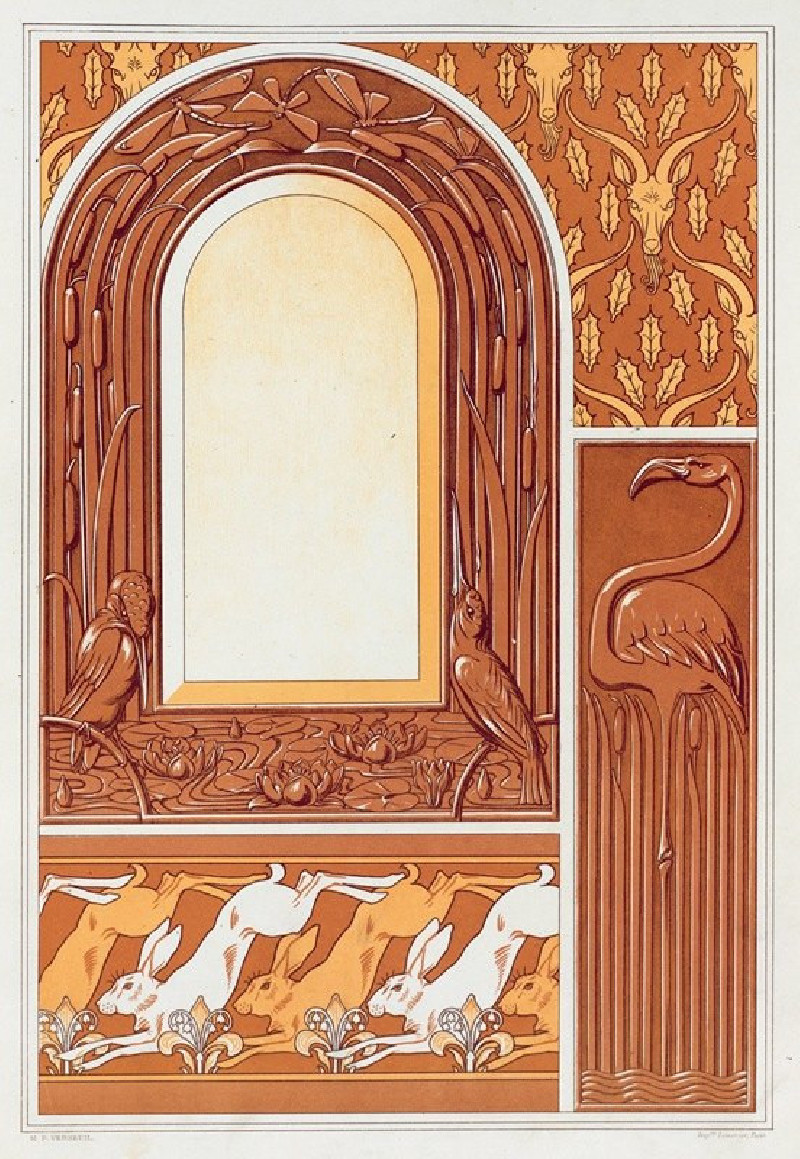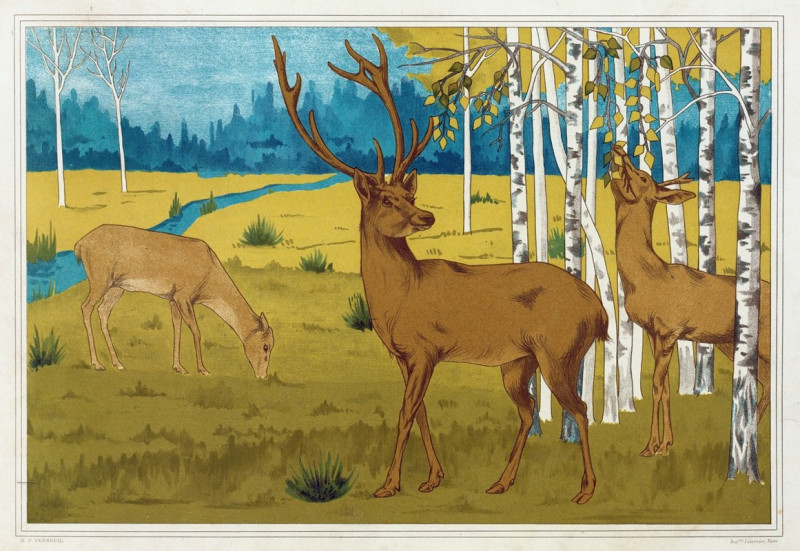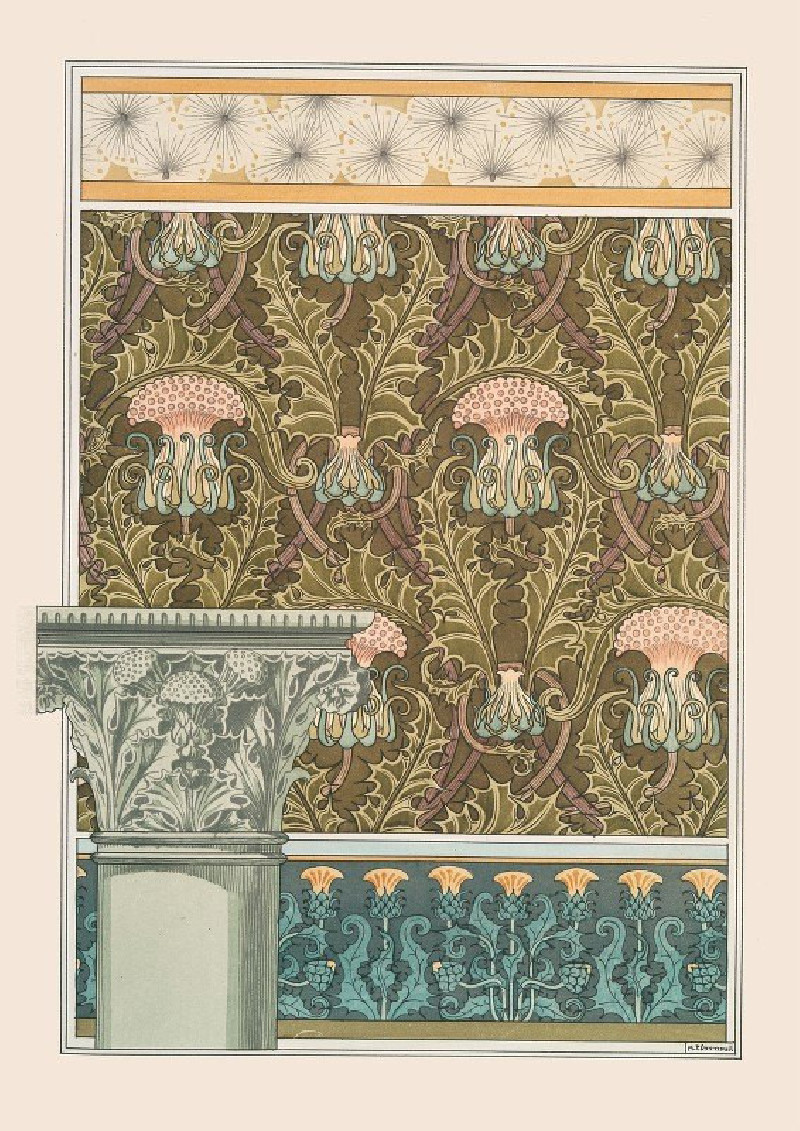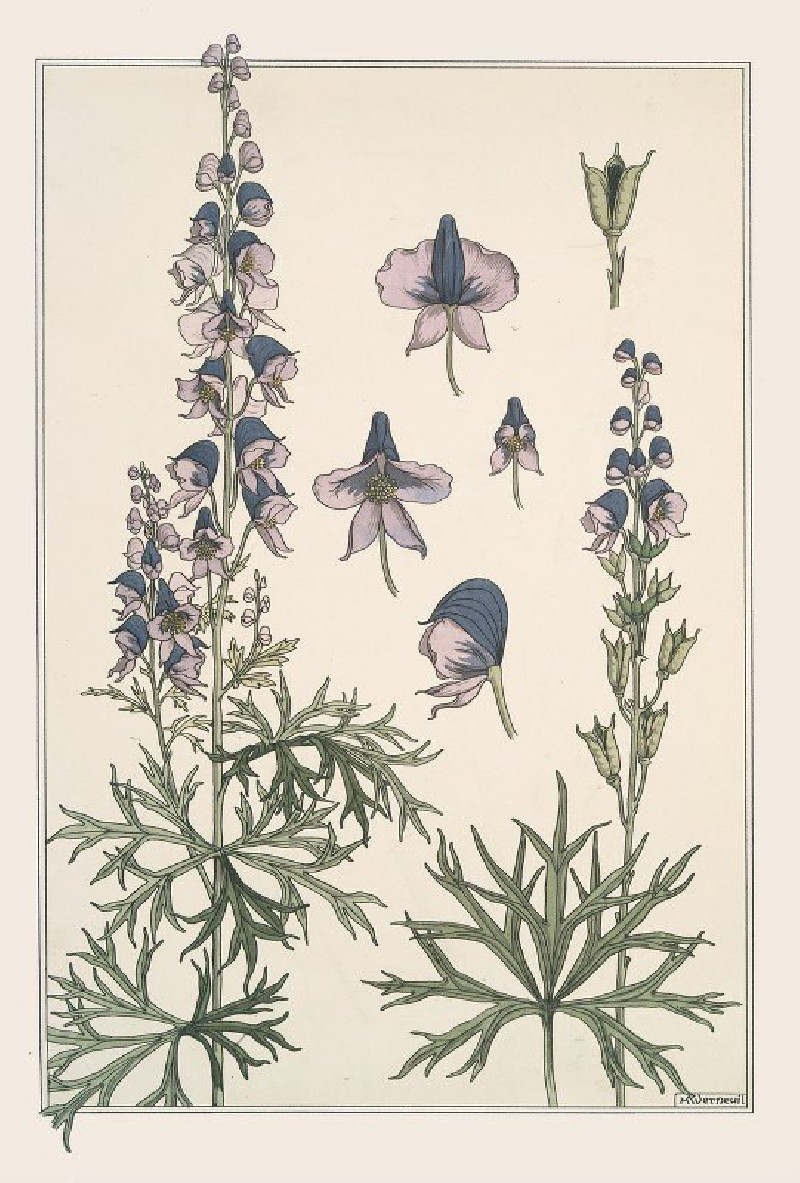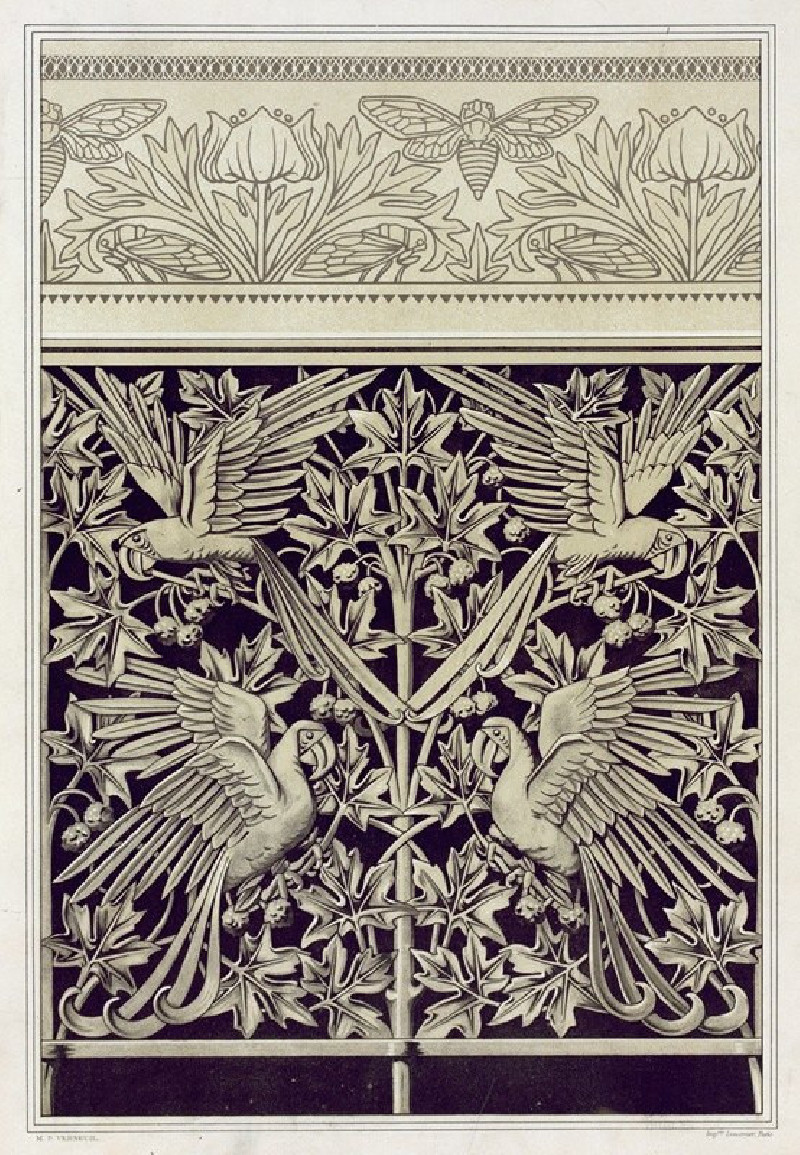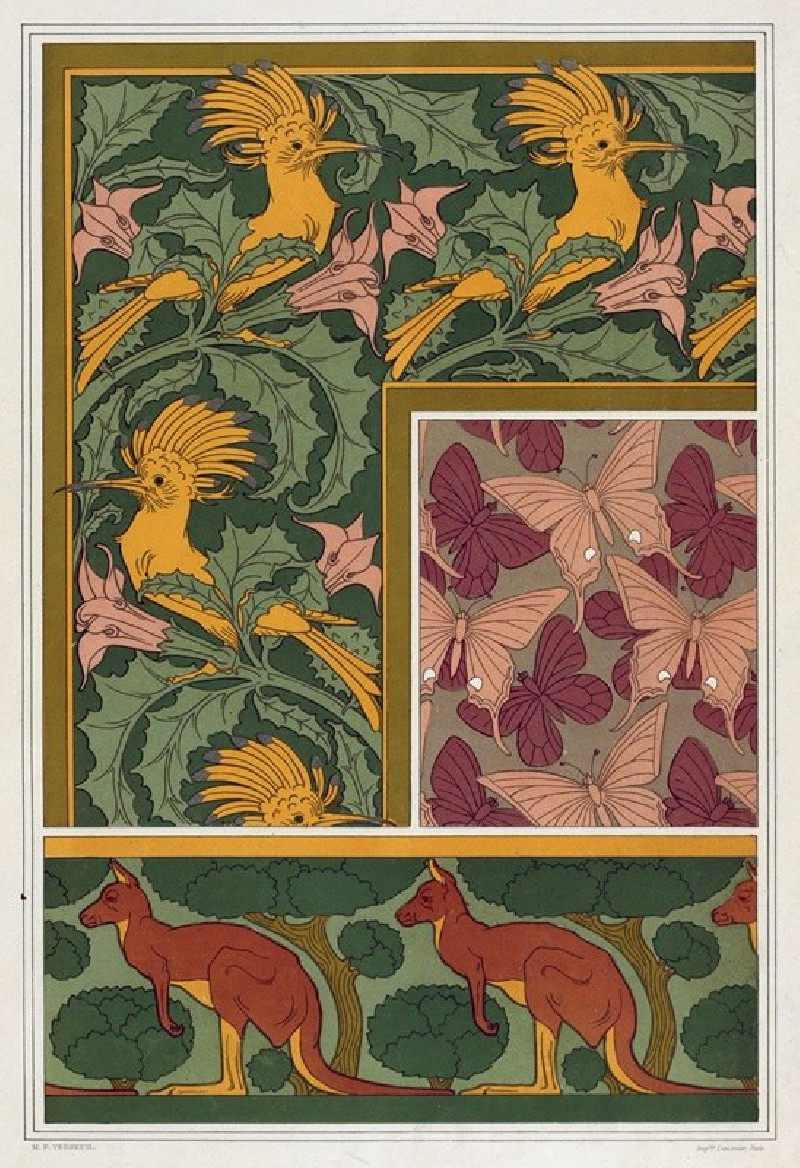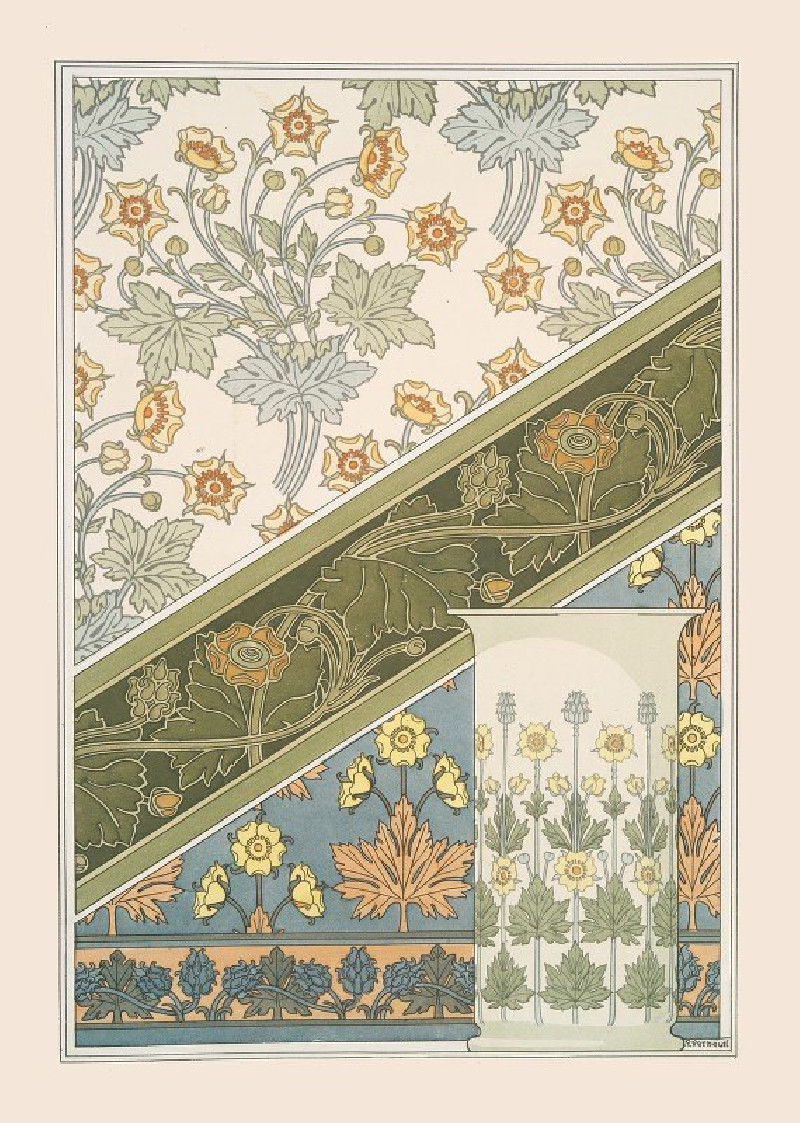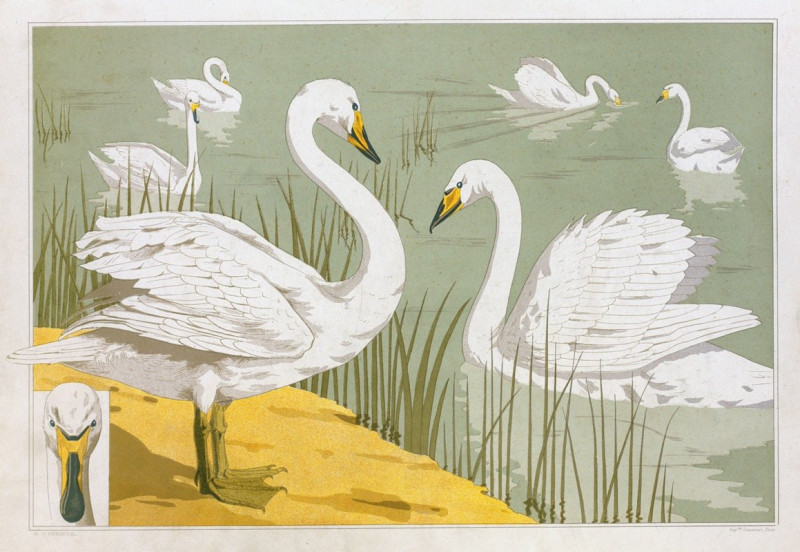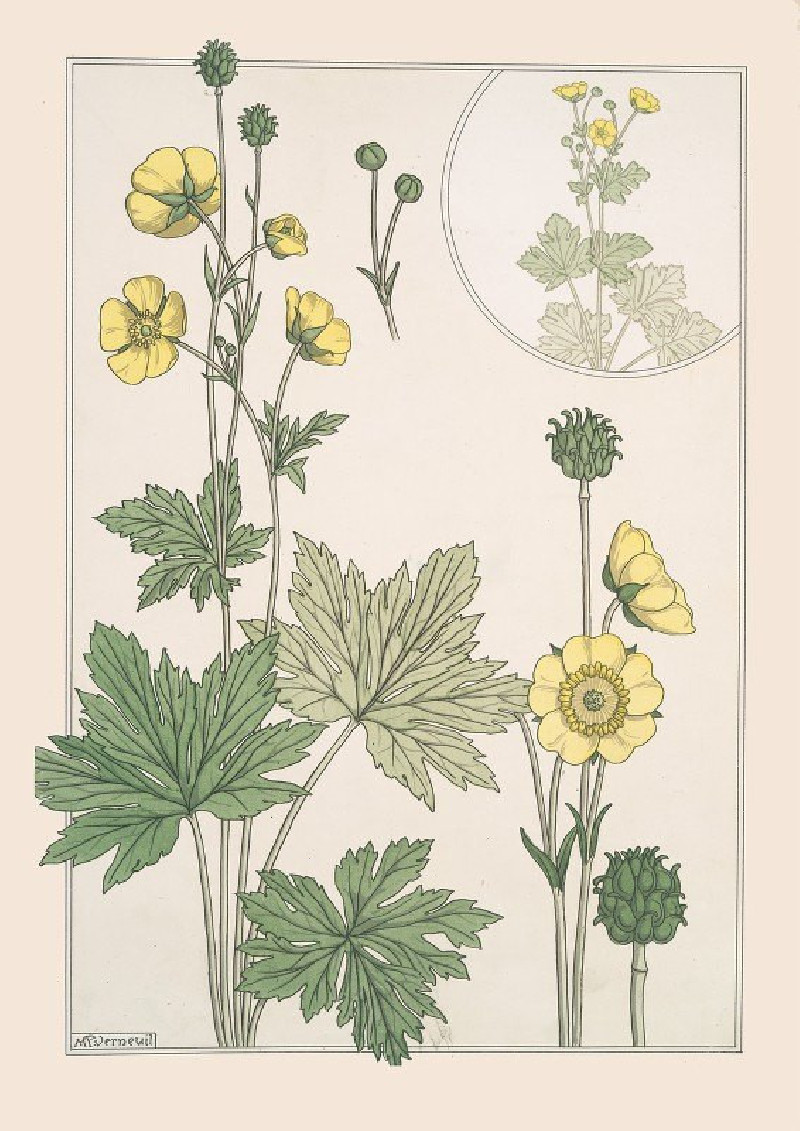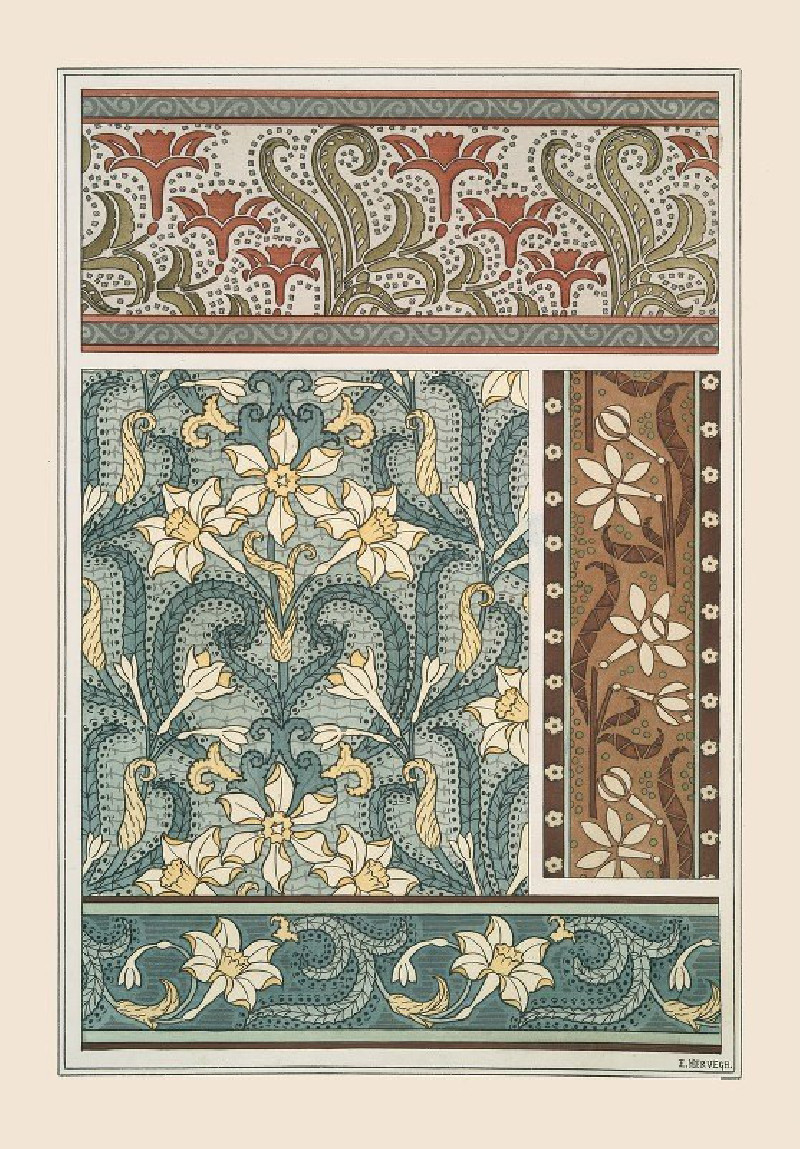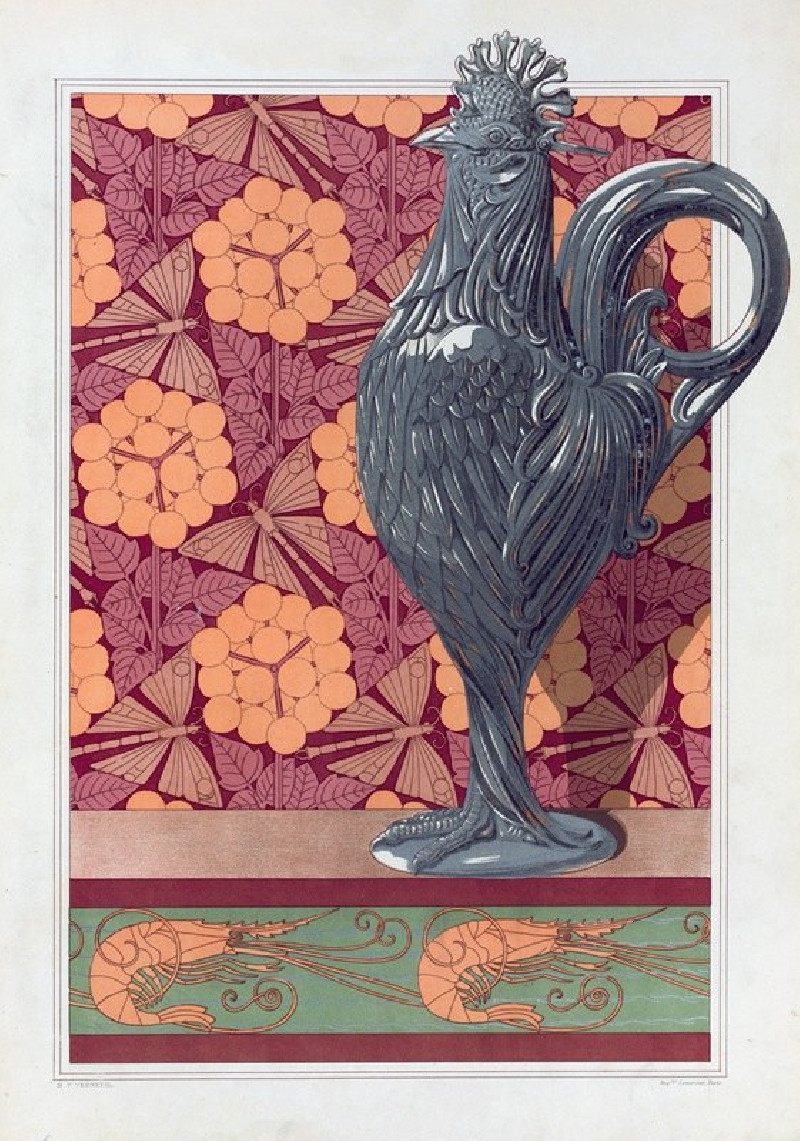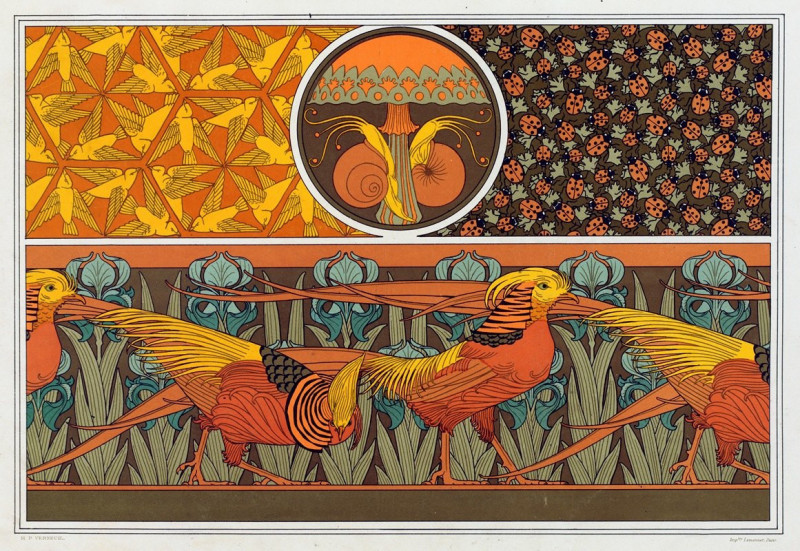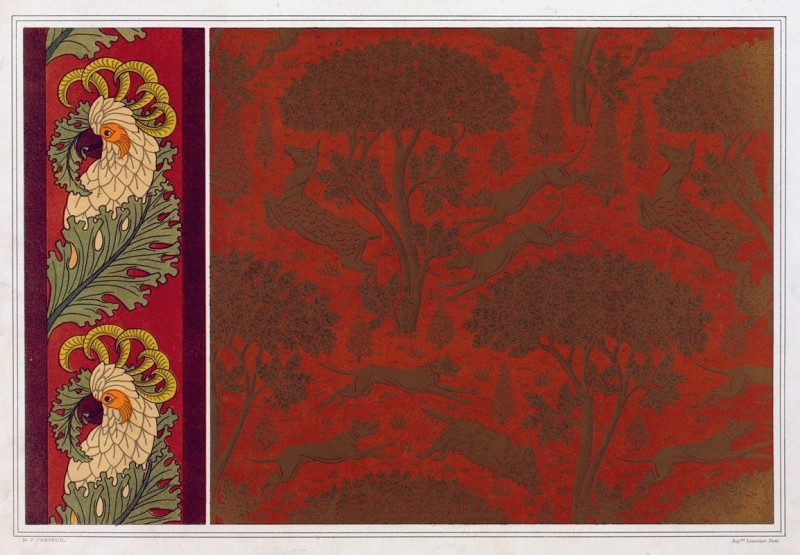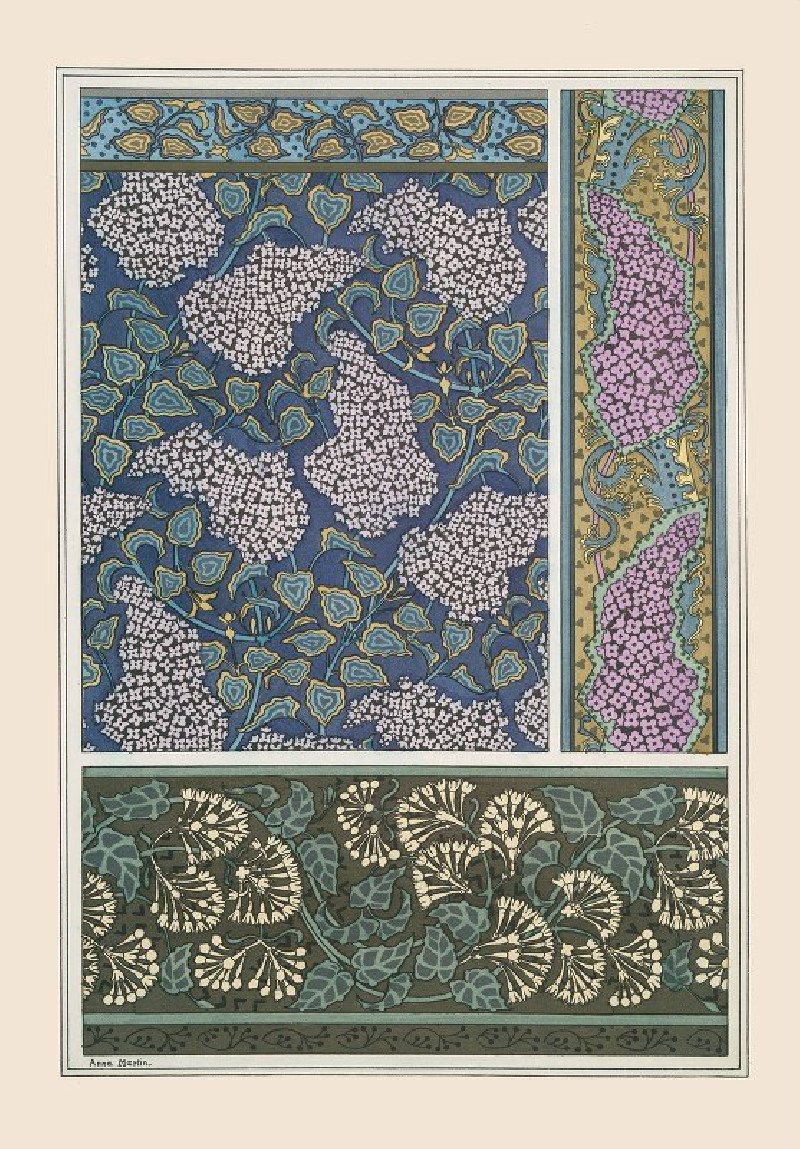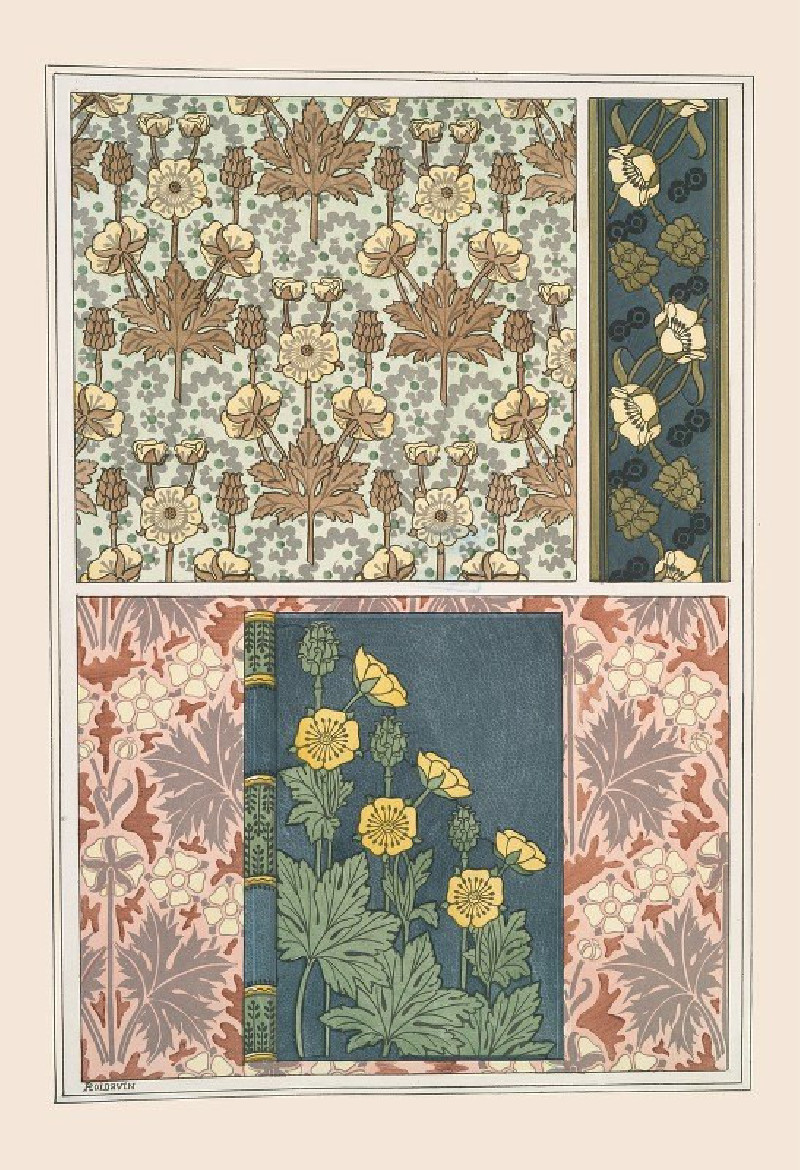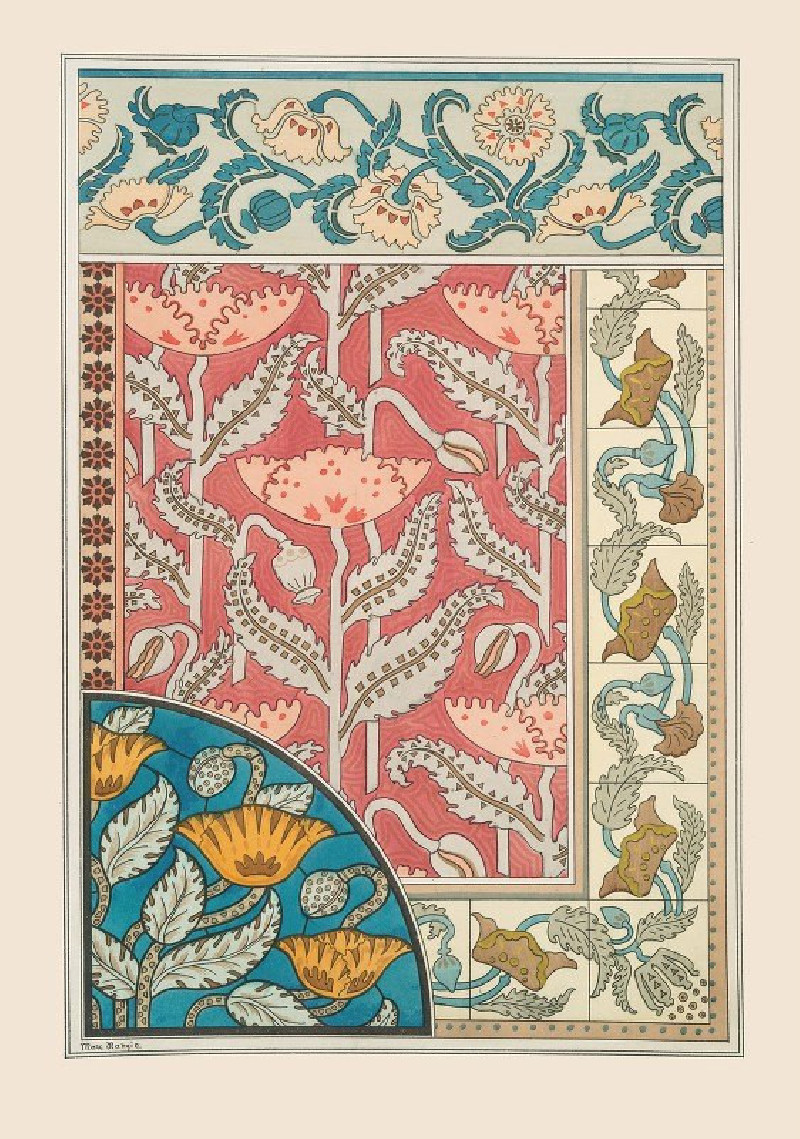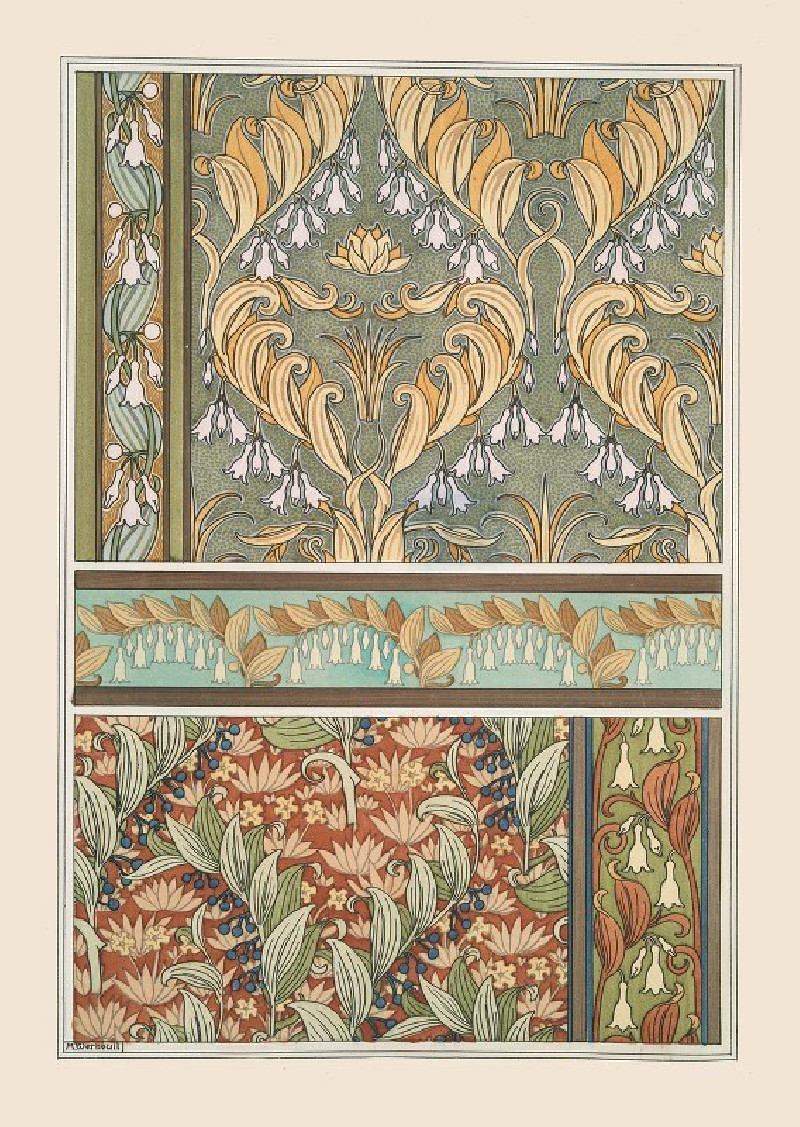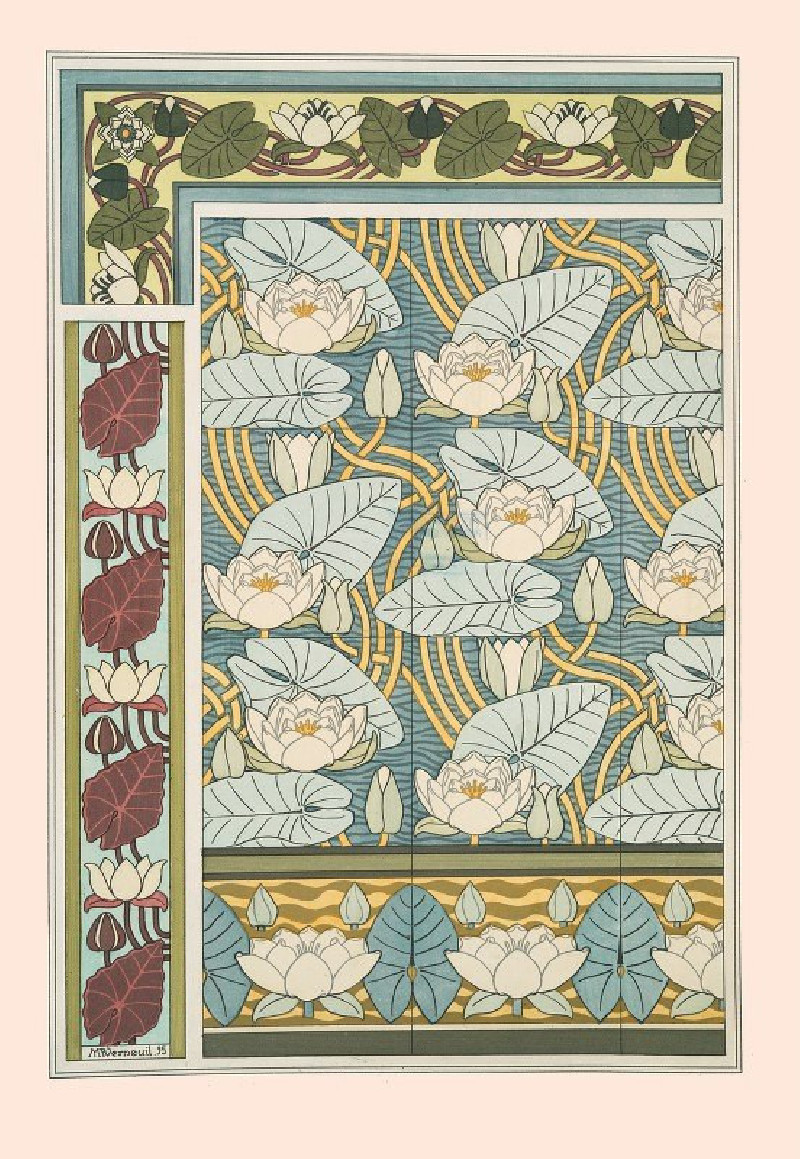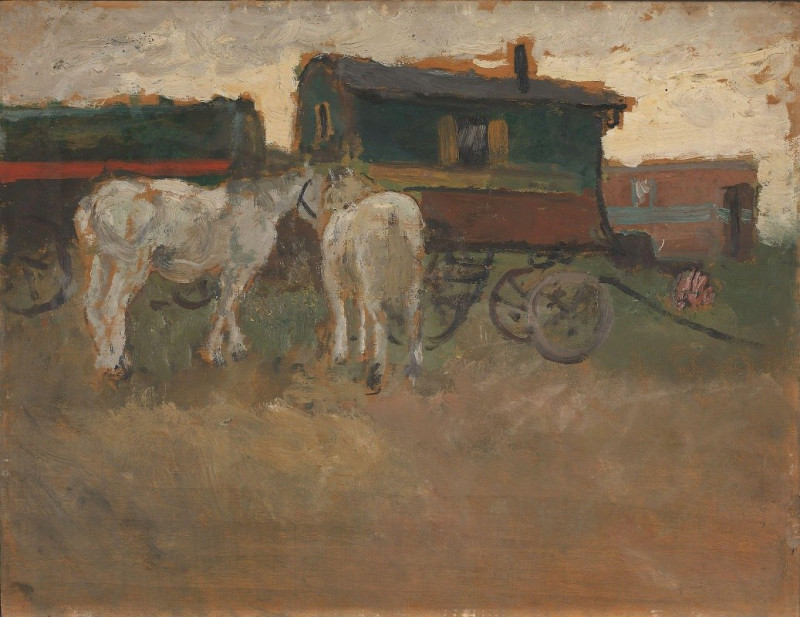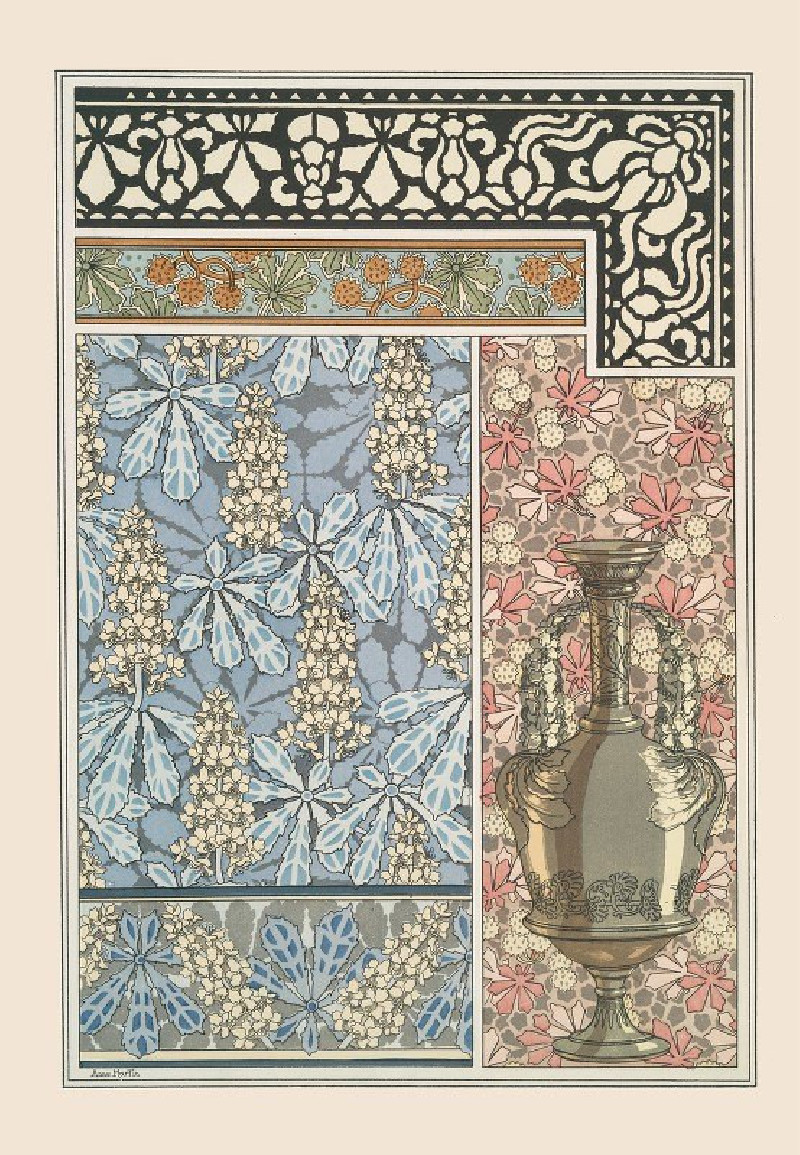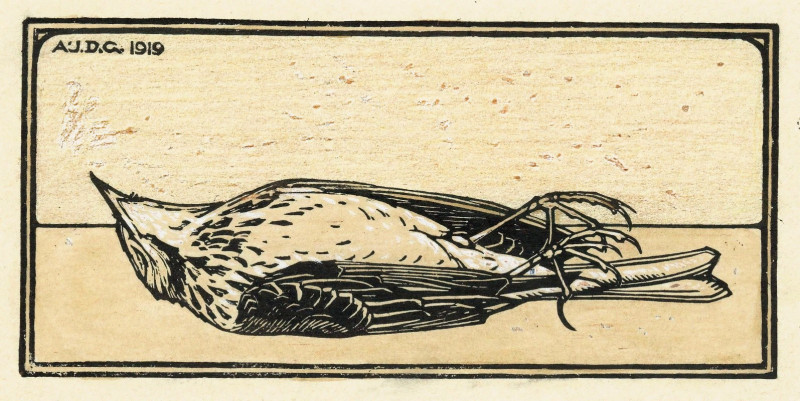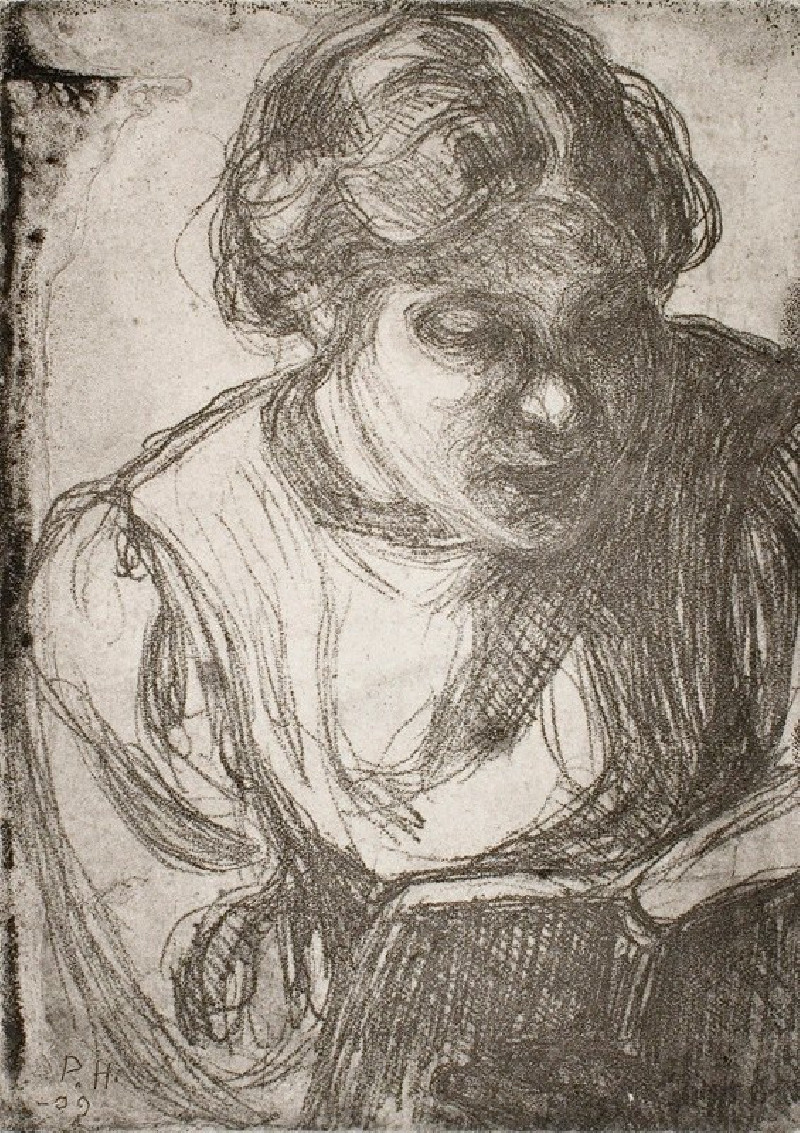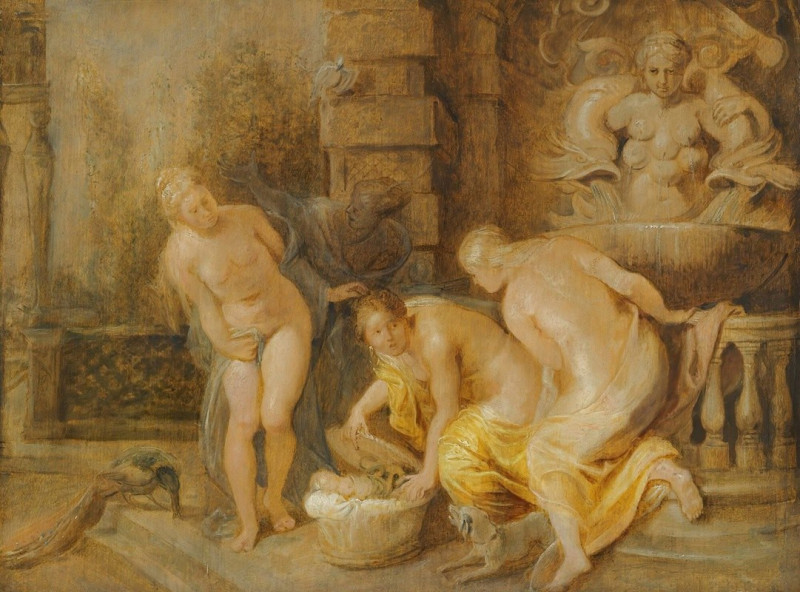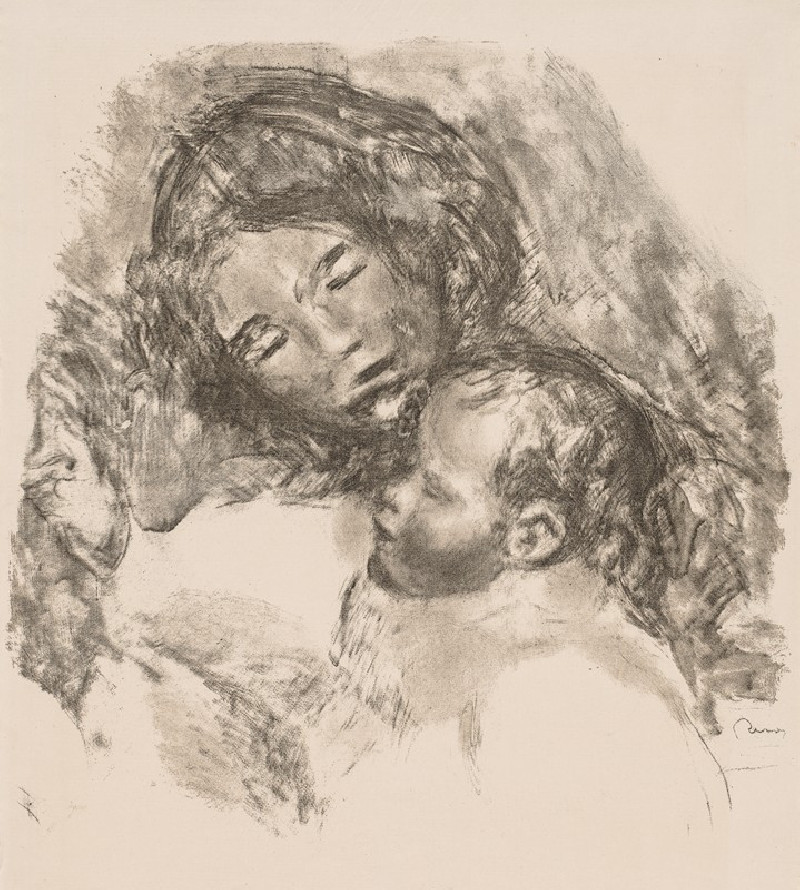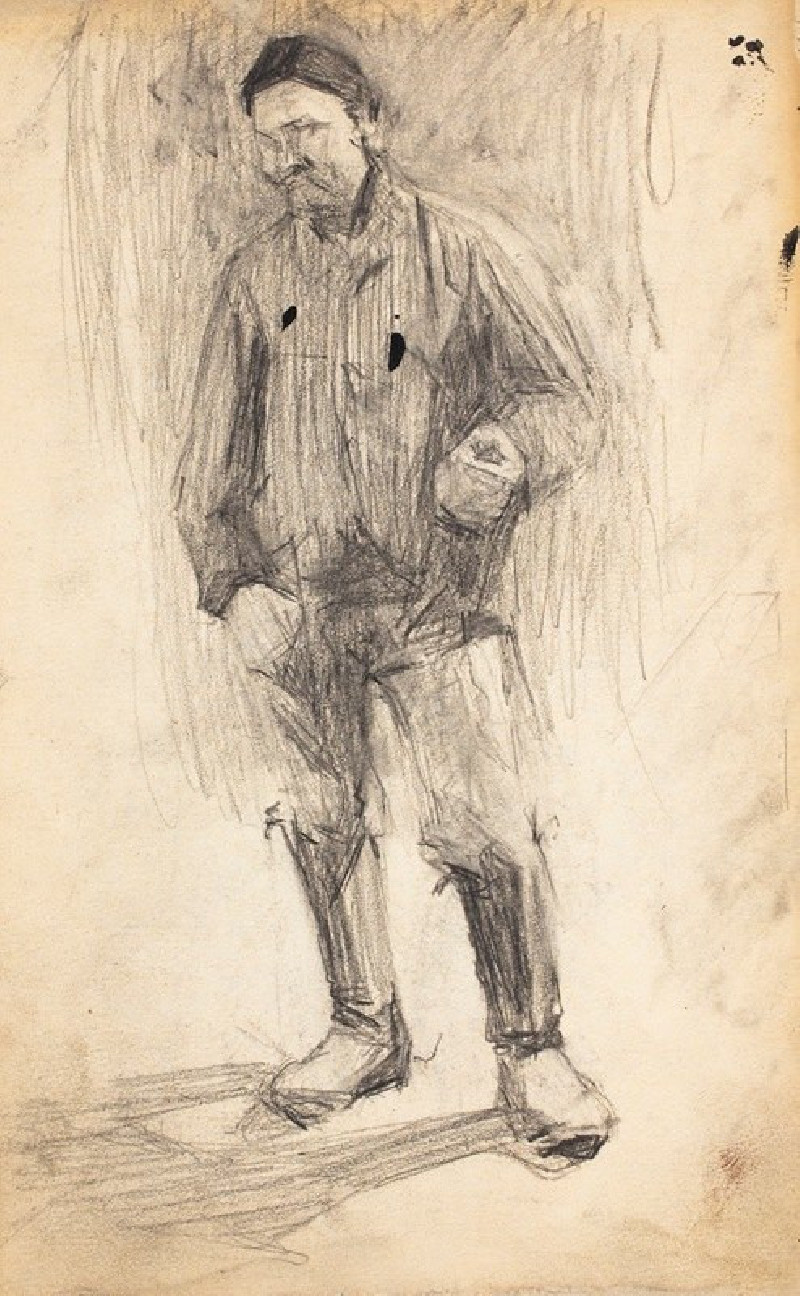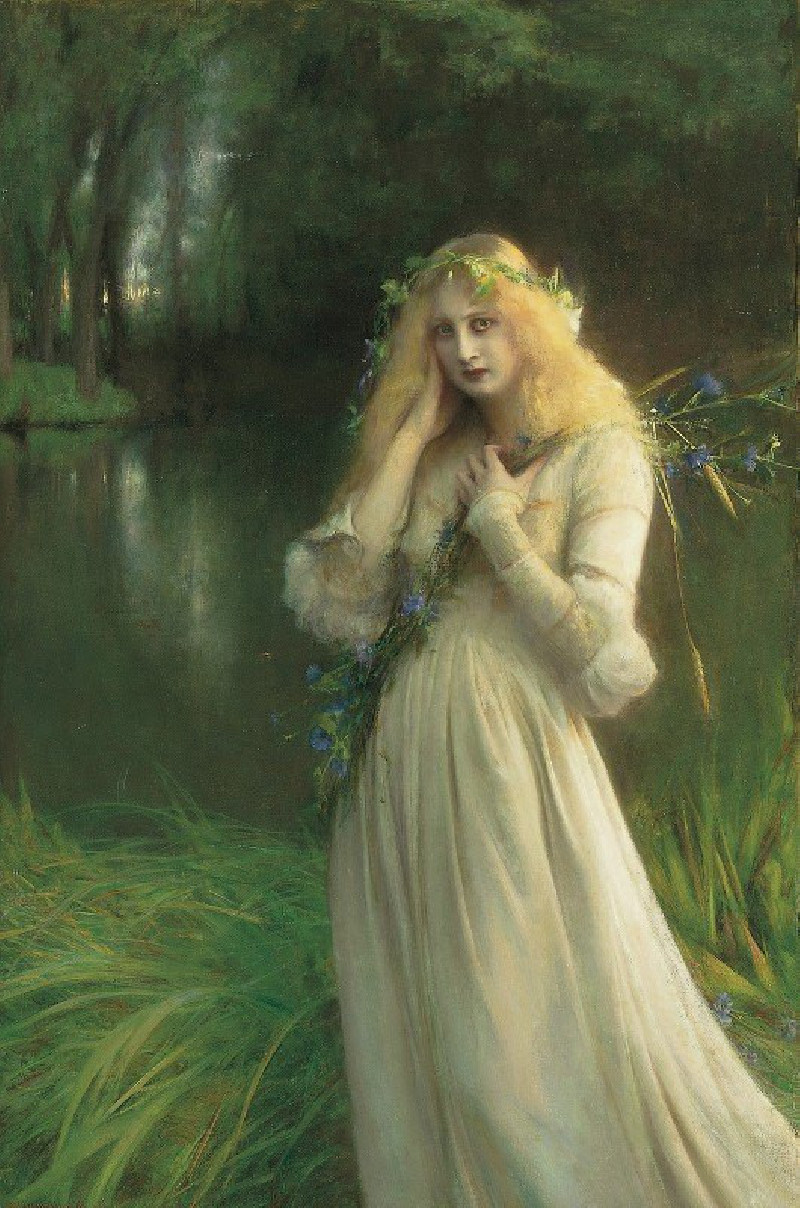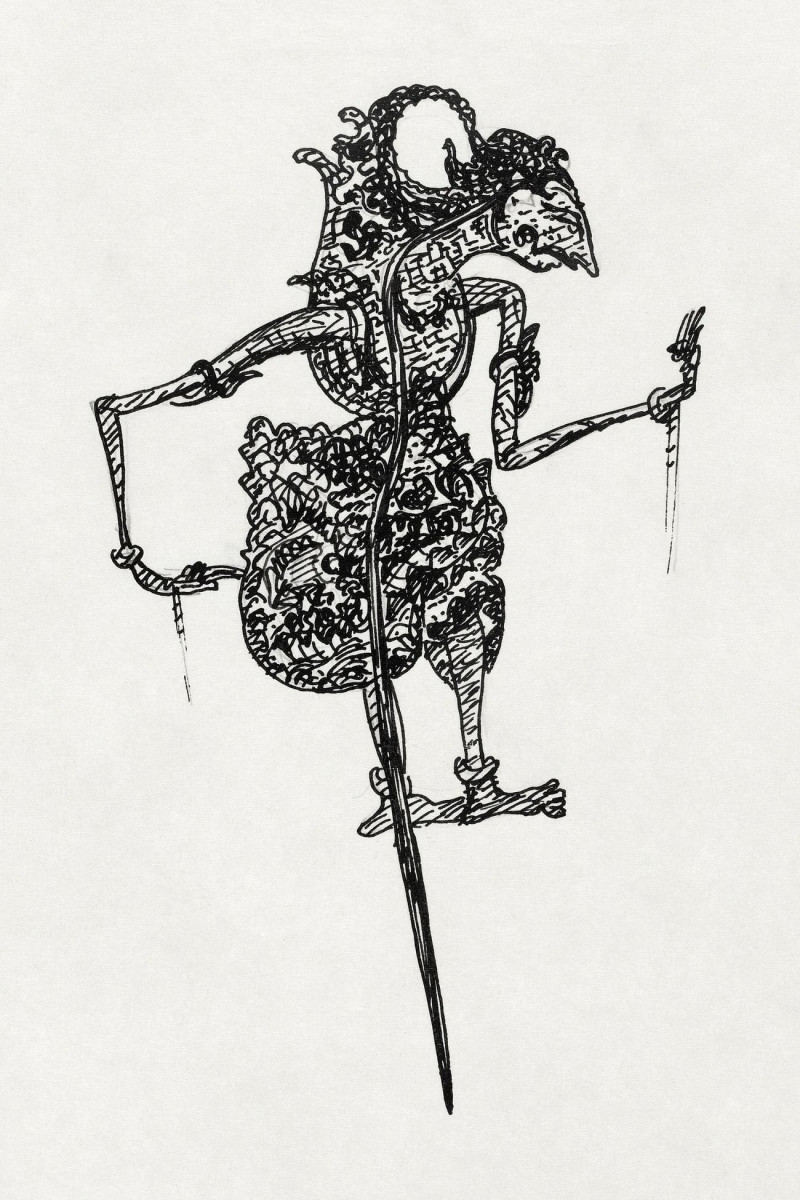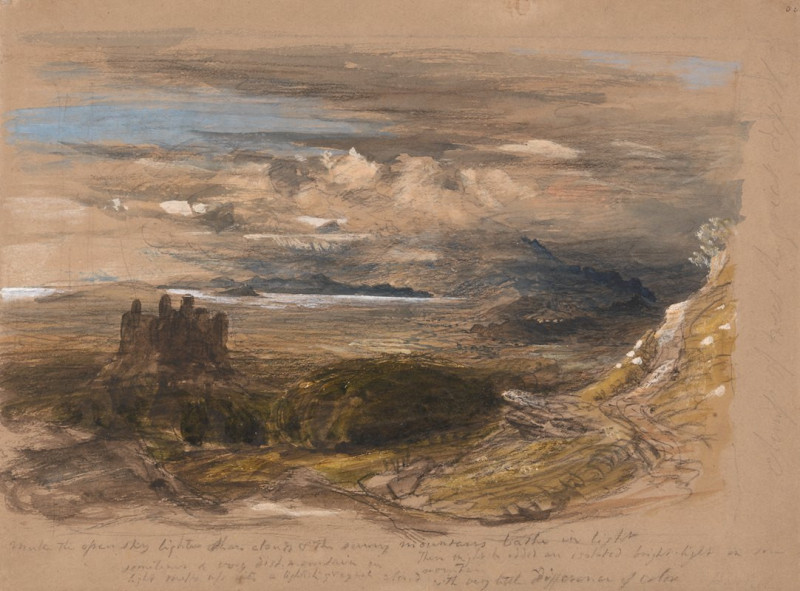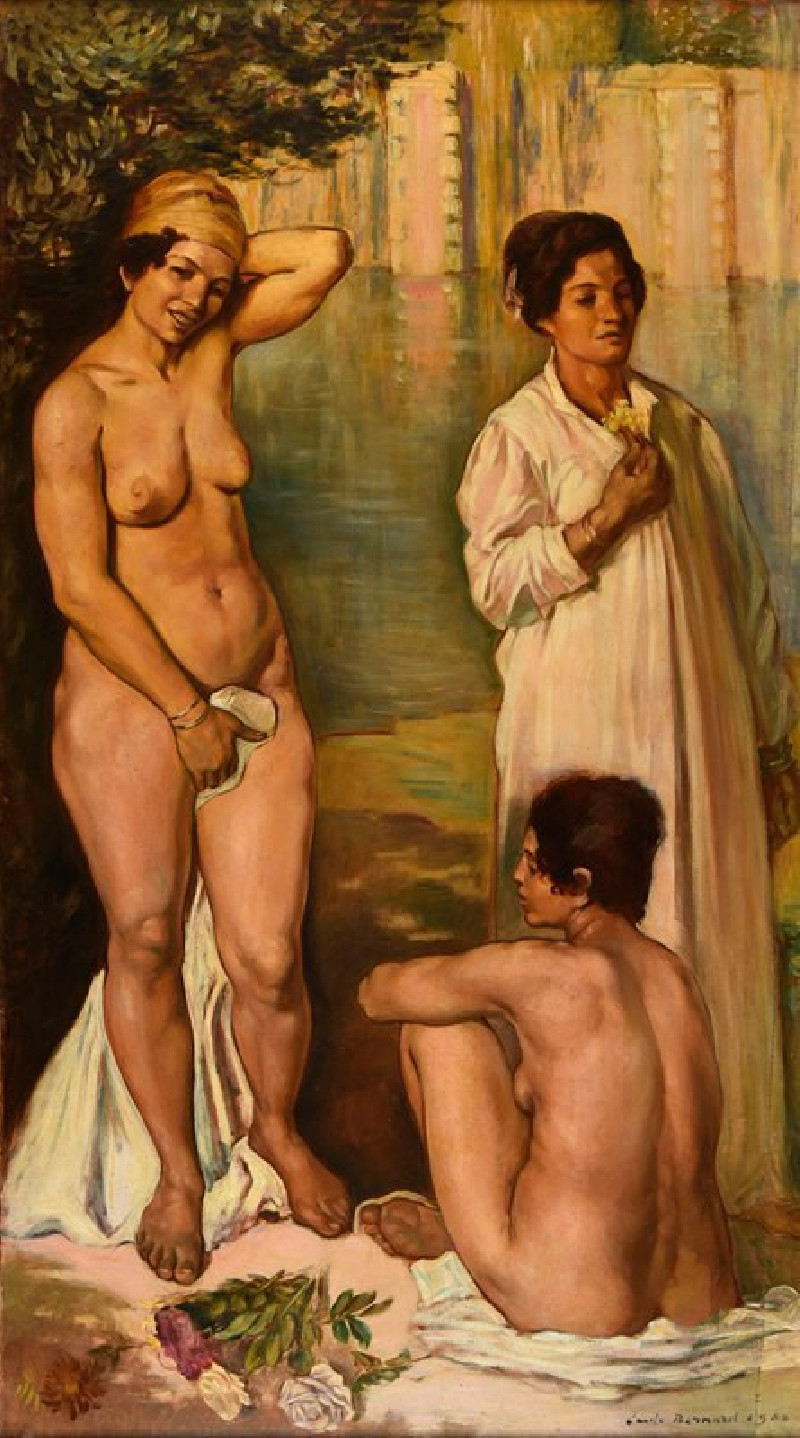Marronnier (1896)
Technique: Giclée quality print
Recommended by our customers
More about this artwork
Delve into the naturalistic art of Maurice Pillard Verneuil through his exquisite 1896 painting, "Marronnier," a detailed visual study of the chestnut tree in its varied stages. In this botanical masterpiece, Verneuil meticulously showcases the life cycle and anatomy of the chestnut, from the nascent buds to the robust leaves, intricate flowers, and finally, the distinctive spiny fruits that encase the seeds.The painting splendidly captures the delicate textures and organic symmetry of the chestnut tree, divided into well-ordered panels that highlight different parts of the plant. The upper sections of the canvas focus on the flowering and fruiting stages, offering a close inspection of the tree’s blooming flowers and forming chestnuts. The lower part of the piece is dedicated to illustrating the mature leaves and the full arrangement of branches, providing a broader view of the tree’s architecture.Rendered in subtle yet precise color tones, Verneuil's "Marronnier" not only emphasizes botanical accuracy but also evokes a sense of aesthetic pleasure, making it a captivating blend of scientific exploration and artistic expression. This work is a testament to Verneuil’s skill in art nouveau style, characterized by its focus on natural forms and structures, and it serves as a valuable educational tool as well as a visual delight.
Delivery
Returns
Maurice Pillard Verneuil was a French artist and decorator in the Art nouveau movement. He was born in Saint-Quentin, France. Maurice Pillard Verneuil learned his trade from the Swiss designer Eugène Grasset. Maurice Pillard Verneuil then went on to become a well-known artist and designer. He was inspired by Japanese art and nature, particularly the sea. He is known for his contribution to the art deco movement and, in particular, his use of bold, floral designs in ceramic tiles, wallpapers and other furnishing textiles.




